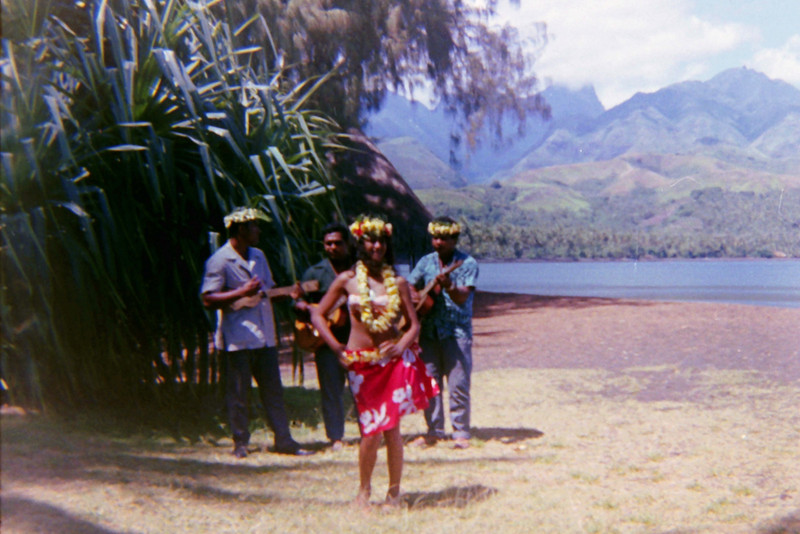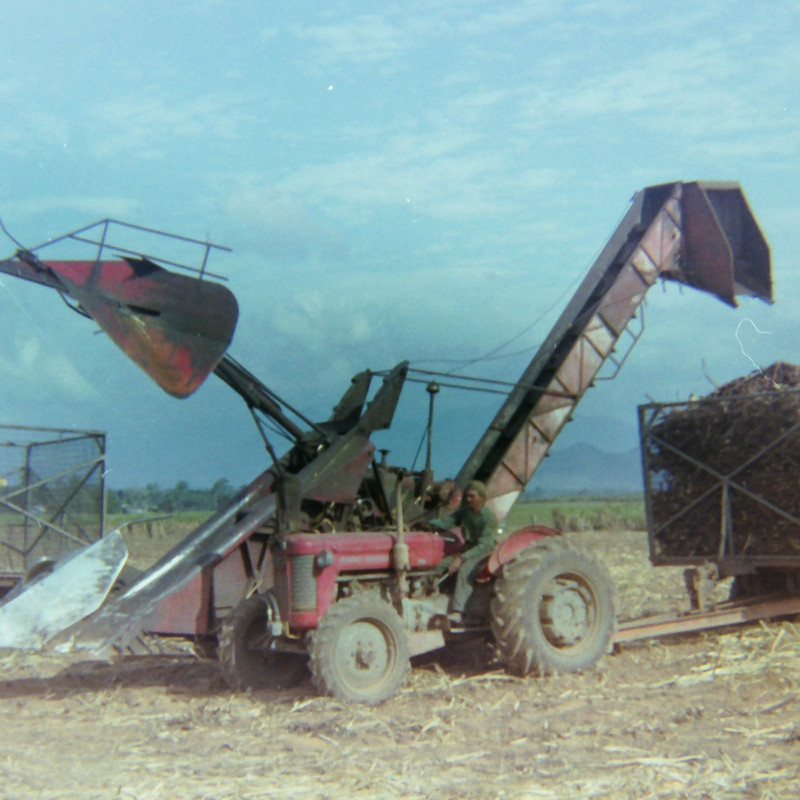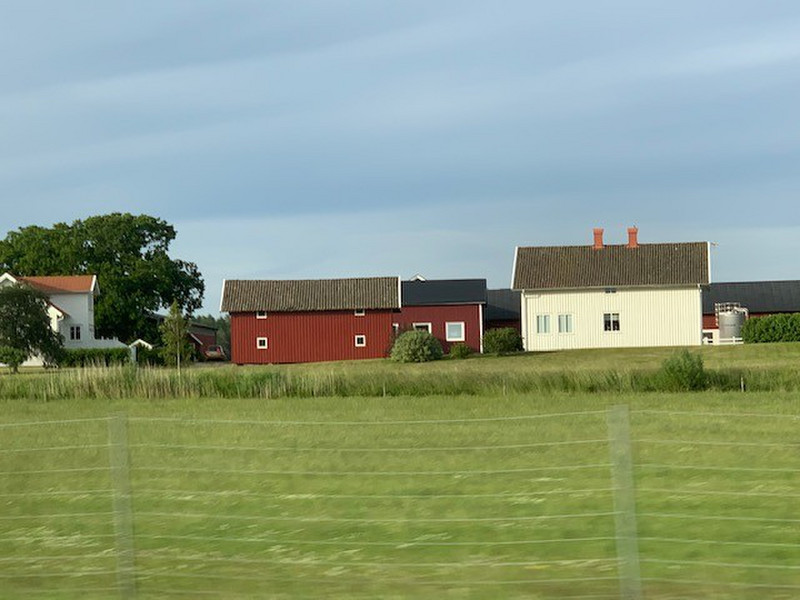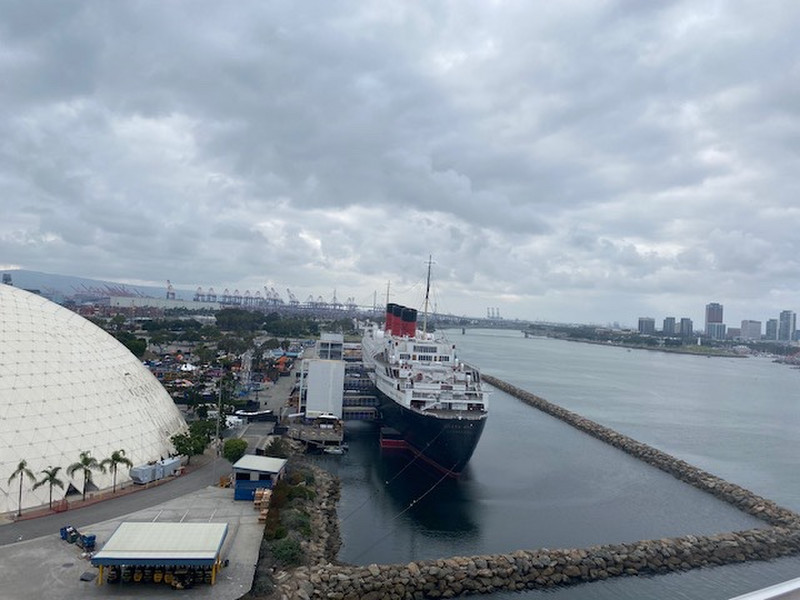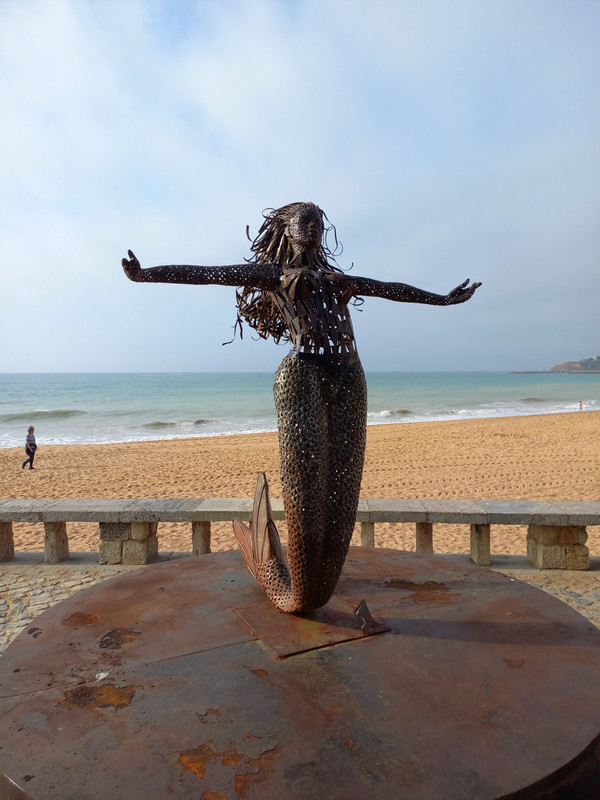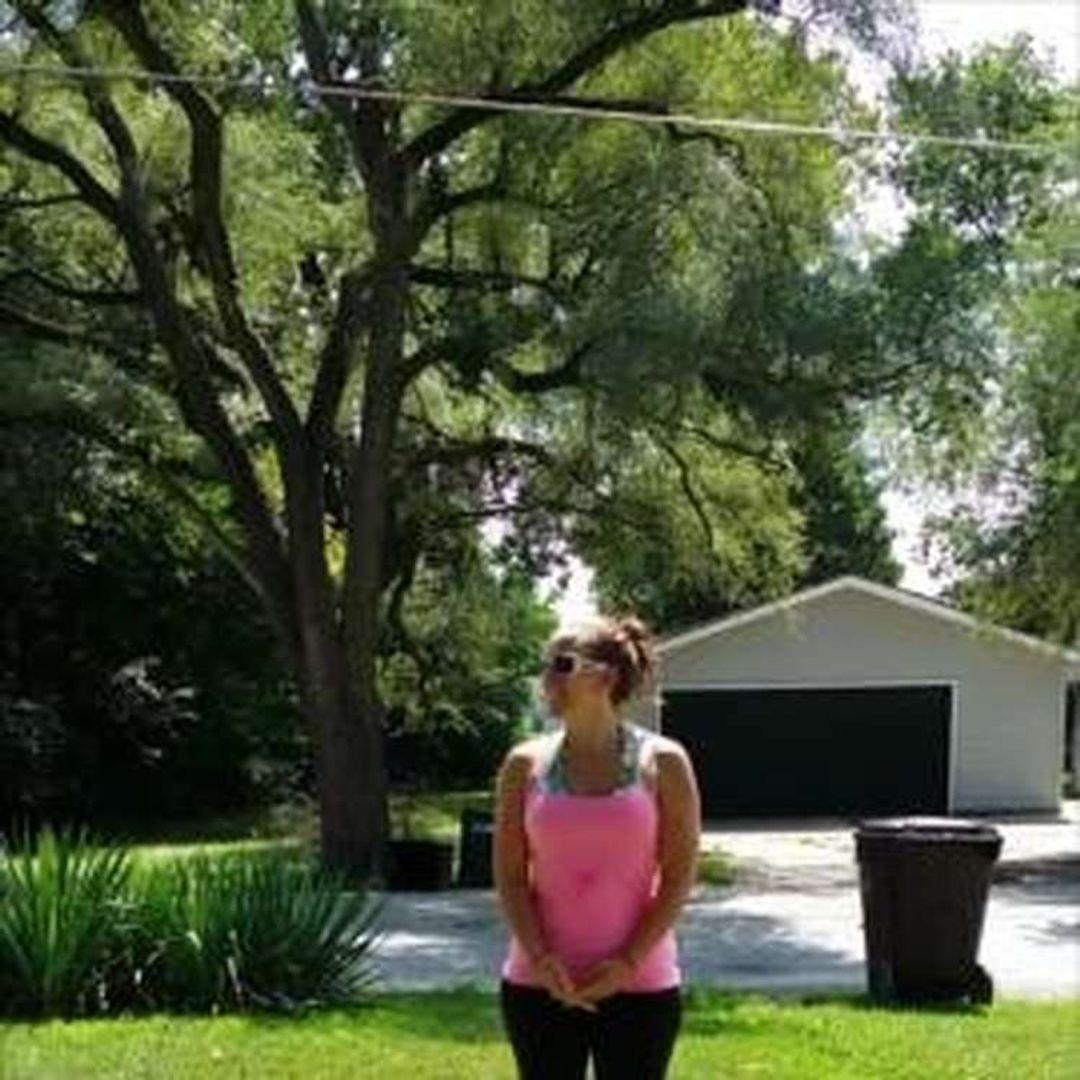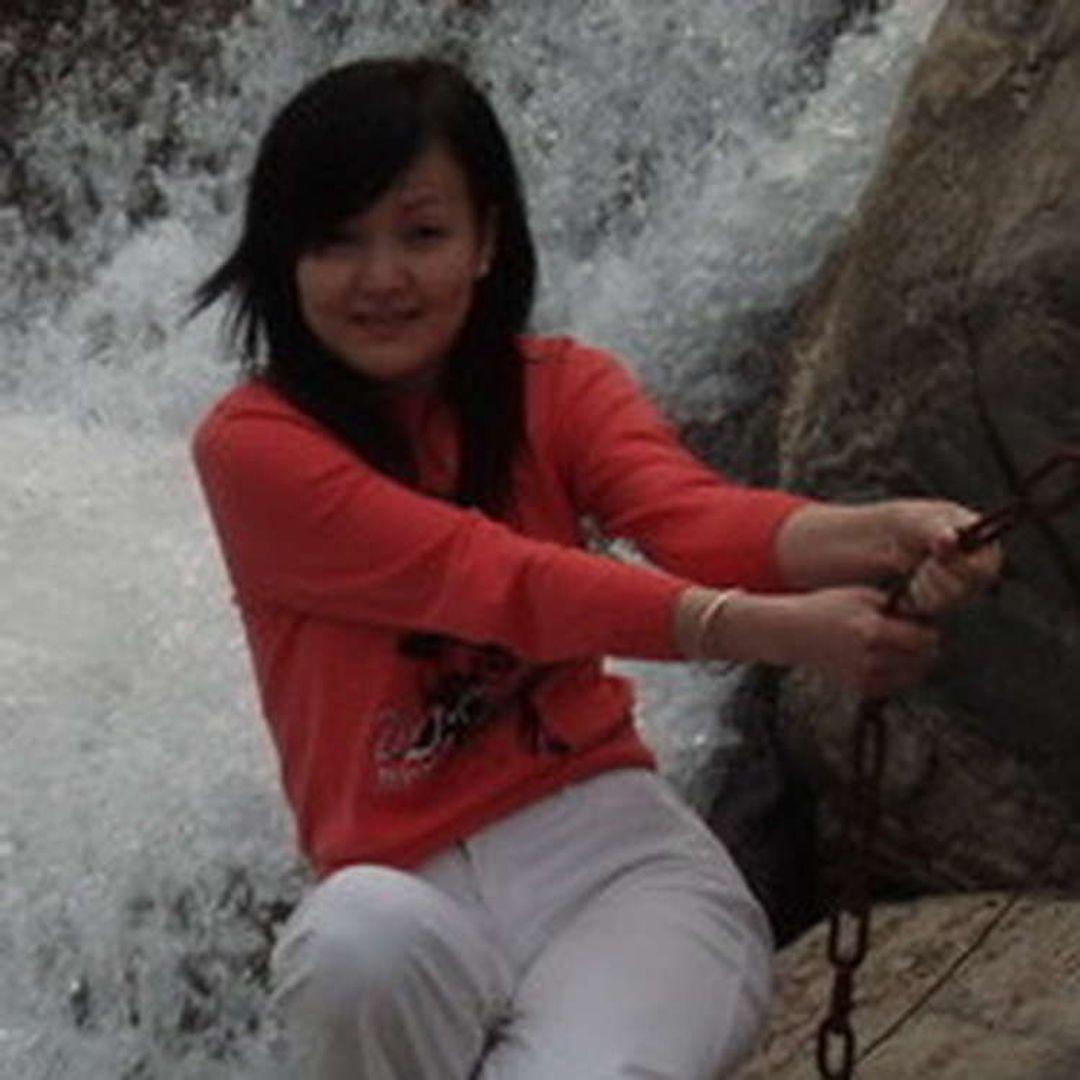At Easter time in 2017 we found ourselves in Paraguay, we had been travelling up through Peru when El Nino caused terrible flooding and the only way to get out of Lima was to fly. Why not fly to Paraguay? The weather forecasts said it would be dry there and it seemed like an exiting plan that we were never likely to carry out at any other time. After travelling across the country to Brazil to view the Iguassu Falls, then taking an odyssey down into Argentina to view the falls from that side, we circled back into Paraguay through the Missiones. We once more found ourselves in Asuncion, on Maundy Thursday of Semana Santa. Having stayed right in the centre of the town on our first visit we decided to opt for a smarter hotel with a pool on the outskirts of town. We sought out a delightful German run retreat, Hotel Bavaria, where many Paraguayans of German decent stay when they are in town. German speakers ( all be it Plautdietsch) in the shape of Mennonites, people who are part of this Anabaptist Christian group colonised vast areas of the Chaco at the invitation of the Paraguayan
government in the early part of the twentieth century. Prior to this they had been living in Canada, which they decided to leave after they had refused to fight in the First World War,. Mennonites have pacifist beliefs. They have transformed parts of the semi wilderness that is the Chaco into fertile farmland. Another time I will write a post about our experiences among the Mennonites of the Chaco. The Hotel Bavaria was decorated, in a Bavarian style (naturally) and supplied a stupendous breakfast (also in a Bavarian style). However, we soon discovered that there was very little other food on offer. Asuncion really did shut down for Easter. After stocking up on German Breakfast and raiding the mini bar we were reduced to eating in the petrol garage just up the road, this prolonged lent lasted for several days. The other great attraction of the Hotel Bavaria was their two captive Hyacinth Macaws, loud, but magnificent.
The centre of Asuncion is a strange wreck of a town, pock marked by the failed projects of various authoritarian regimes and the crumbling remains of Spanish colonial buildings. It is inhabited by protesters, street vendors and vagabonds. Between this visit and
our previous one, just a few weeks prior, the Parliament Building had been stormed and set on fire. During the riots a young protester had been shot dead at point blank range by government guards. The area near the parliament building was now a turmoil of banners and protest camps.
The suburbs of Asuncion are smart and well healed, inhabited by stylish sophisticates, but wealth in Latin American countries does not spill over to street level, where rubble strewn pavements and garbage piles prevail. Exploring our environs on Good Friday we happened on the cemetery, knowing how colonial cemeteries in Latin American capitals are generally full of beautiful sculptures and outrageous, elaborate tombs, we ventured in. There was a large crowd just inside the gate and we arrived just in time to see Christ being hoisted onto a cross. At first I thought it was a real man up there, so life like was this articulated figure. An elaborate ritual was then carried out as holy nails were passed from hand to hand to secure him on the crucifix. He was crowned with thorns and labelled as the King of The Jews, all with slow and deliberate solemnity. The
crowd then each and everyone went forward to touch the martyrs feet, including me. I was really moved by the whole event. Statues of Mary and other figures from the crucifixion scene were present at the base of the cross; as I watched a Paraguayan women converse with Mary, touching her breast, confiding in her, I realised the power that these fantastical Spanish creations still hold for the people in Latin America.

